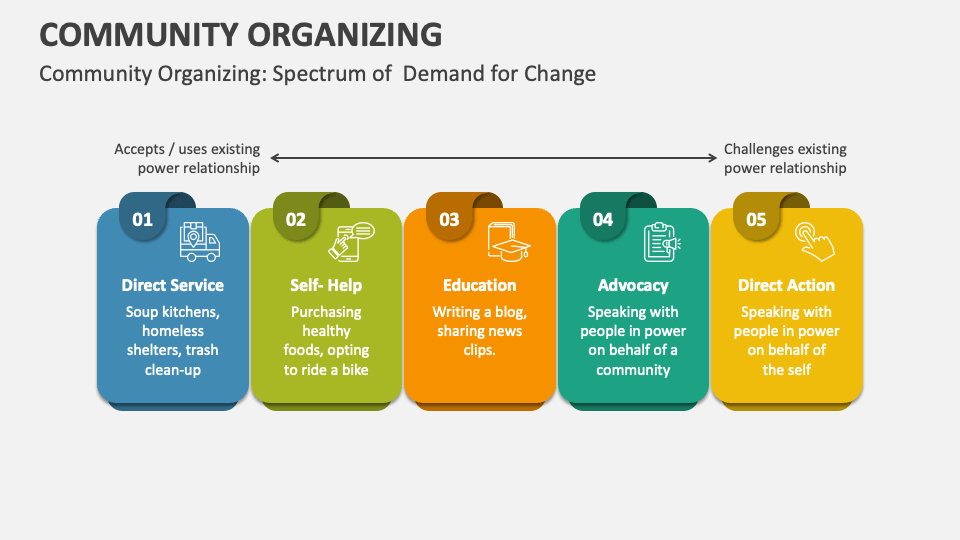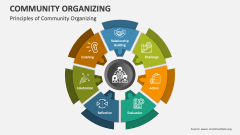
From Resistance to Resurgence: The Enduring Power of Indigenous Community Organizing on Turtle Island
Across the vast and diverse lands known as Turtle Island, stretching from the Arctic to the Gulf of Mexico, Indigenous communities are not merely surviving; they are leading a profound resurgence. This movement is driven by an unwavering commitment to self-determination, the revitalization of ancestral knowledge, and the protection of their lands, waters, and future generations. At its heart lies community organizing – a dynamic, deeply rooted, and often unheralded force for systemic change, challenging centuries of colonial oppression and asserting inherent sovereignty.
The necessity of Indigenous community organizing is born from a shared history of dispossession, cultural suppression, and broken treaties. From the genocidal policies of residential schools and forced assimilation to the ongoing threats of resource extraction and systemic racism, Indigenous peoples have faced relentless assaults on their existence. Yet, through it all, the spirit of resistance has remained vibrant, evolving from the direct confrontations of the past into sophisticated, multi-faceted organizing strategies that are both culturally grounded and strategically astute.
Rooted in Place and Principle: The Land and Water Protectors
Perhaps the most visible and impactful arena of Indigenous organizing is land and water protection. For Indigenous peoples, land is not merely property; it is a relative, a source of identity, spirituality, and sustenance. The fight to protect these sacred territories from industrial encroachment – pipelines, mines, logging, and hydro dams – is a battle for cultural survival and the health of the entire planet.
The Standing Rock Sioux Nation’s resistance to the Dakota Access Pipeline (DAPL) in 2016-2017 stands as a modern testament to this power. What began as a local protest quickly escalated into an international movement, drawing thousands of Indigenous and non-Indigenous allies, dubbed "water protectors." Utilizing direct action, spiritual ceremonies, legal challenges, and a sophisticated media strategy, they exposed the environmental racism inherent in routing the pipeline through sacred lands and under the Missouri River, the tribe’s sole source of drinking water. Though the pipeline ultimately became operational, Standing Rock galvanized a generation, demonstrating the immense power of unity and the profound spiritual conviction that fuels these struggles. It underscored the principle that "Water is Life" (Mni Wiconi), a core tenet of many Indigenous worldviews.

Similar struggles are unfolding across Turtle Island. The Wet’suwet’en hereditary chiefs continue to defend their unceded territories in British Columbia against the Coastal GasLink pipeline, asserting their traditional governance structures over colonial-imposed band council systems. The Tiny House Warriors of the Secwepemc Nation are building homes in the path of the Trans Mountain pipeline expansion, asserting their presence and sovereignty. These movements are not just environmental protests; they are profound acts of decolonization, reaffirming Indigenous jurisdiction and challenging the very foundations of colonial land ownership.
Reclaiming Sovereignty and Self-Determination
Beyond direct land defense, Indigenous organizing is fiercely focused on reclaiming and exercising inherent sovereignty. This encompasses a broad spectrum of efforts, from asserting treaty rights and negotiating for greater self-governance to developing Indigenous-led institutions and economic models.
A critical aspect is the push for the full implementation of the United Nations Declaration on the Rights of Indigenous Peoples (UNDRIP), which affirms Indigenous peoples’ rights to self-determination, lands, territories, and resources. Organizers are tirelessly advocating for national governments to align their laws and policies with UNDRIP, moving beyond performative gestures to substantive change.
In Canada, First Nations, Inuit, and Métis communities are organizing to overhaul the Indian Act, a paternalistic and colonial piece of legislation, or to move entirely beyond it. This involves nation-building initiatives, developing their own constitutions, justice systems, and educational frameworks that reflect their unique cultures and languages. For example, the Mohawk Council of Akwesasne has long operated its own border patrol, asserting jurisdiction over its territory that straddles the U.S.-Canada border, a powerful demonstration of practical sovereignty.
"Our resistance is not just against something; it’s for something – for our land, our languages, our children’s future, and the very spirit of this place," explains an Indigenous organizer from the Great Lakes region. "It’s about rebuilding what was taken, and strengthening what was always ours."
Cultural and Linguistic Revitalization: The Heartbeat of Identity
Centuries of residential schools, boarding schools, and other assimilationist policies systematically attempted to eradicate Indigenous languages and cultures. Today, community organizing is at the forefront of a powerful revitalization movement. Elders, knowledge keepers, and youth are collaborating to create language immersion programs, cultural camps, and intergenerational mentorship initiatives.
From the efforts to revive critically endangered languages like Ktunaxa in British Columbia or Wampanoag in Massachusetts, to the widespread teaching of Ojibwe, Cree, and Navajo, these programs are crucial for transmitting identity, traditional ecological knowledge, and spiritual practices. Powwows, ceremonies, traditional art forms, and storytelling circles are not merely cultural events; they are vital acts of community organizing, bringing people together, reinforcing collective identity, and providing spaces for healing and learning. Digital platforms and social media have also become powerful tools for sharing language lessons, cultural teachings, and organizing events, bridging geographical divides and engaging younger generations.

Addressing Systemic Injustices: MMIWG2S+ and Police Accountability
Indigenous communities disproportionately face systemic injustices, including high rates of violence, poverty, and over-incarceration. Organizing efforts are intensely focused on addressing these critical issues.
The crisis of Missing and Murdered Indigenous Women, Girls, and Two-Spirit People (MMIWG2S+) is a harrowing example. Across Canada and the United States, thousands of Indigenous women, girls, and Two-Spirit individuals have gone missing or been murdered, often with inadequate responses from law enforcement and governments. Community organizers, families, and grassroots movements like "Red Dress Day" have tirelessly brought this issue to national and international attention. They advocate for better data collection, improved police investigations, culturally appropriate support services for families, and systemic changes to address the root causes of violence, including poverty, racism, and intergenerational trauma. Their persistent advocacy led to a national inquiry in Canada and continues to push for meaningful action in both countries.
Similarly, organizing around police accountability and justice reform is paramount. Indigenous peoples are vastly overrepresented in correctional systems and experience disproportionately high rates of police violence. Organizations are working to challenge racial profiling, advocate for independent oversight bodies, support Indigenous-led restorative justice initiatives, and push for the decriminalization of poverty and addiction.
Challenges and Resilience: The Enduring Spirit
The path of Indigenous community organizing is fraught with challenges. Organizers often face limited funding, burnout, state surveillance, corporate opposition, and the enduring impacts of intergenerational trauma within their own communities. Media misrepresentation, or outright silence, also hinders public understanding and support.
Yet, the resilience of Indigenous peoples is a powerful force. Their organizing strategies are often deeply spiritual, drawing on ceremonies, ancestral teachings, and a profound connection to the land. They emphasize collective well-being over individual gain, and intergenerational knowledge transfer is central to their approach, ensuring that struggles and successes are remembered and built upon. Elders provide wisdom and guidance, while youth bring energy, technological savvy, and a fierce commitment to the future.
"We are still here," is a common refrain, encapsulating not just survival, but an active, vibrant presence. This enduring spirit is the bedrock of their organizing, enabling them to navigate setbacks, celebrate small victories, and continue the long, arduous work of decolonization and healing.
The Path Forward: A Vision of Justice and Flourishing
Indigenous community organizing on Turtle Island is not a fleeting trend; it is a fundamental and ongoing assertion of existence, rights, and responsibilities. It is a testament to the power of grassroots action, demonstrating how local struggles for land, language, and justice are inextricably linked to broader movements for human rights, environmental protection, and a more equitable world.
As these communities continue to organize, innovate, and lead, they offer invaluable lessons in resilience, sustainable living, and true democracy. Their struggles for self-determination are not just for Indigenous peoples; they are a vital contribution to shaping a future where justice, respect, and a harmonious relationship with the natural world become the guiding principles for all inhabitants of Turtle Island. The work is far from over, but the momentum is undeniable, driven by the enduring power of community and the unwavering vision of a flourishing future.


